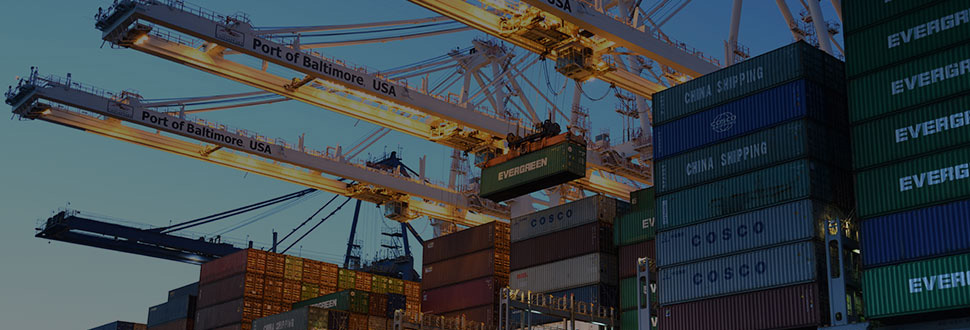
Professional Vessel Database
As a leader in providing real-time global AIS vessel movements, vesseltracker.com, a Wood Mackenzie business, shares a comprehensive and up to-date vessel database. The ShipDB database covers vessel characteristics, such as capacity, dimensions, management and ownership structure and details, classification, engine equipment, and yard and build information. ShipDB boasts more than 600 data fields on over 160,000 vessels, as well as over 1 million vessel photographs, and can deliver and present the data in multiple formats that customers can easily interpret and consume.
vesseltracker.com offers near to 100% coverage across all major fields, for the active commercial fleet and acquires official registry data and information through multiple sources, with all fields validated through a minimum 5-stage validation process.
ShipDB field Categories and population
| Field Category | Max Number populated |
| Capacity | 37 |
| Classification and Insurer | 26 |
| Dimensions | 29 |
| Engine | 133 |
| Equipment | 47 |
| General Information | 93 |
| Management, Ownership and Operation | 151 |
| Name and Ownership Changes | 41 |
| Other | 25 |
| Yard | 23 |
| Total | 605 |
Features
TRACKED CHANGES
Ownership, management, and name changes tracked and saved for accurate reference of fleet and market segmentation and utilization
TIMELY
The only comprehensive vessel database available as a daily bulk upload as well as on demand via REST in XML and json format
Orderbook
New builds and demolitions added to and tagged in the database as and when they occur
Format Delivery
Available in multiple formats (.csv, XML, json) and delivery methods (sFTP and REST API)
vesseltracker.com has official agreements in place with classification societies, flag and port state administrations, marine insurers, P&I clubs, ship brokerages and port and vessel service agents to receive official vessel meta-data. This information feeds into a to a comprehensive and up-to-date vessel database. vesseltracker.com receives official, daily updated files from third parties across all fields, including the addition of new buildings and demolitions. Fields are updated, cleansed and maintained in ShipDB when updates are received.
By partnering with one of the world’s largest and most successful ship brokers in the market, vesseltracker.com has an accurate and complete vessel owner and manager database. A team of professional data analysts maintains and updates this information daily.
vesseltracker.com receives new building and demolitions intelligence from a data specialist company and maintains the accurate and timely status of the active fleet using auto-detect status, region-based algorithms, and the comprehensive news database.
Vessel type classification provided by vesseltracker.com is not only relative to certification and classification, but also relative to the functionality that they serve in the market – an extra layer of insight not seen previously. One example of this is vesseltracker.com algorithms that auto detect ship-to-ship activity and can recognize bunkering activity. Instead of simply having a vessel classified as an oil and chemical tanker, vesseltracker.com can layer in the bunkering vessel to enable extra insight into market activity.

